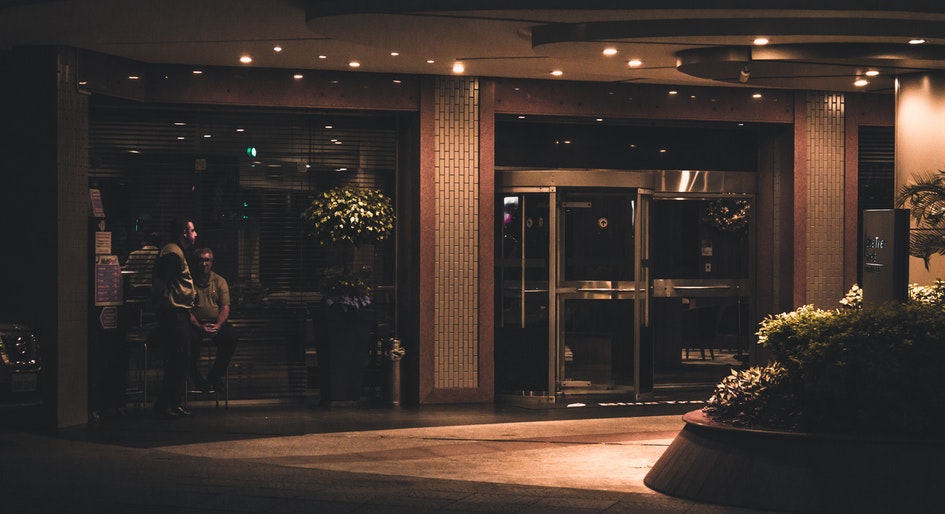Canadian hoteliers have attained or will have access to up to $11 billion in relief funds and liquidity through four federal COVID-19 relief programs, the Hotel Association of Canada (HAC) estimates. That’s an injection to help offset a year when revenue per available room (RevPAR) plummeted by 60 per cent relative to 2019 and the 12-month average hotel occupancy rate barely nudged above 33 per cent.
Colliers Hotels’ newly released overview of market activity in the fourth quarter of 2020 provides a topline look at some key metrics, but cedes most of the report to HAC’s summary of supports available to the industry. Notably, too, the association’s recommendations have been incorporated into the Highly Affected Sectors Credit Availability Program (HASCAP), which will provide fully-guaranteed, long-term, low-interest loans of $25,000 to $1 million to qualified business operators.
“The new program will address a number of the gaps in the previously announced Business Credit Availability Program (BCAP),” HAC advises. “Together with a supportive and engaged membership, and regional Association partners, HAC is proud to have influenced every program announced that had applicability to the hotel sector, securing more than $11 billion in relief and liquidity from the federal government. This support for hotels surpasses that of any other jurisdiction.”
The perhaps mislabelled Canadian Emergency Rent Subsidy (CERS) also provides funds to cover fixed property costs such as mortgage interest, property tax and insurance, thus opening up eligibility to hotels suffering pandemic-related revenue loss. HAC projects this could equate to $900 million for hotel operators over nine months of availability from October 2020 to June 2021.
Canadian hoteliers will receive the greatest share of relief through the Canada Emergency Wage Subsidy (CEWS), which HAC estimates at $6 billion for the period from March 2020 to June 2021. They’ve tapped into the interest-free, partially forgivable loans available for small businesses through the Canada Emergency Business Account (CEBA) to a more modest degree, which is expected to tap out at about $100 million forgivable and $250 million in low-interest loans.
HASCAP take-up is pegged less precisely given that the program is just becoming available this month. However, HAC projects it could provide $1.5 to $4 billion of liquidity for industry.
Additionally, some hotels could be eligible for interest-free, partially forgivable loans through the Regional Relief and Recovery Fund (RRRF) for businesses and communities deemed to need extra recovery support. A pending $500 million top-up to the initial $1.5-illion fund has been hinted. The fund is complementary to other COVID-19 relief measures so applicants must show that they have applied for CEWS, CERS or CEBA.
Turning to hotel investment activity, Colliers reports 2020 sales volume dropped by 51 per cent relative to 2019, hitting the lowest level since the 2009 financial crisis. More than 50 per cent of the $856 million in transaction value was tied to acquisitions to convert to non-hotel uses. Nevertheless, Colliers analysts suggest there is something of an upbeat story underlying the dearth of deals.
“Backed by government support programs and a generally supportive lending community, there were only four distressed sales during the year,” they note.









